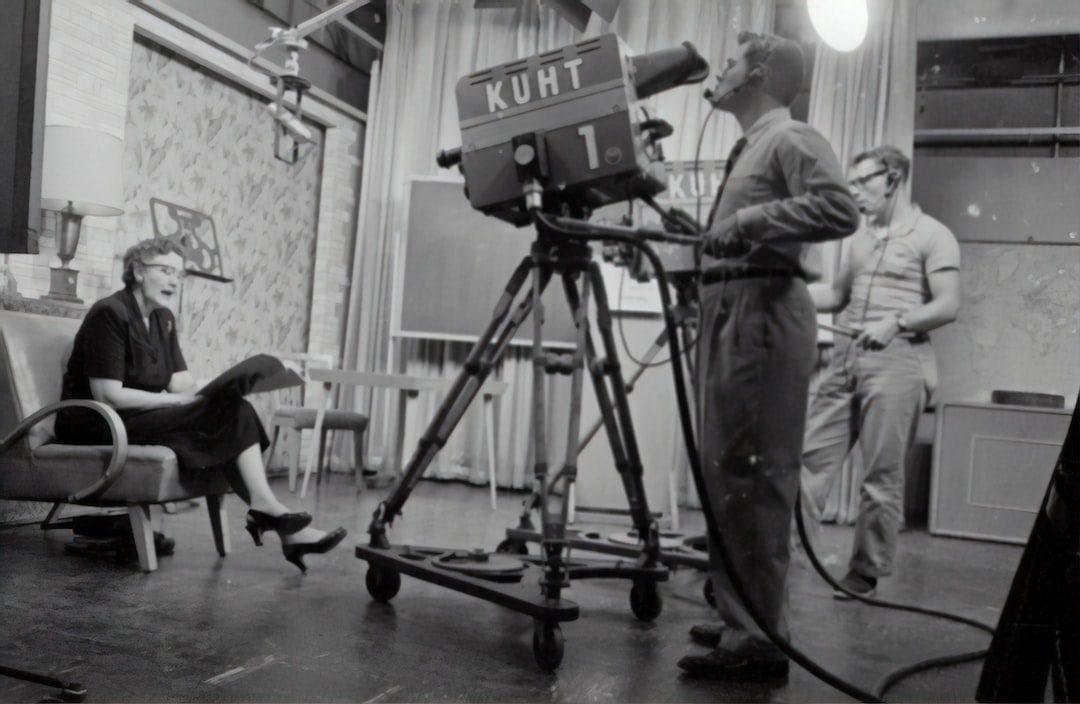Title: Media Bias: Unraveling the Truth
Introduction (100 words):
Media bias is a topic that has gained significant attention in recent years. With the rise of social media and the proliferation of online news platforms, it has become increasingly crucial to navigate through the bias to uncover the truth. This blog post will delve into the concept of media bias, explore the different types and causes of bias, and offer strategies for readers to discern reliable information in today’s media landscape.
Understanding Media Bias (200 words):
Media bias refers to the skewing of news coverage and reporting in a way that reflects the personal or political beliefs of journalists or media organizations. While a completely unbiased news outlet may be an idealistic concept, recognizing and understanding media bias is vital to ensure a well-informed society.
There are different types of media bias that one must be aware of. Firstly, editorial bias occurs when reporters or journalists inject their personal opinions or ideology into their news reports, often reflecting partisan tendencies. Secondly, selection bias arises when certain topics are prioritized while others are overlooked, leading to an imbalanced representation of events. Lastly, omission bias occurs when news outlets intentionally omit or downplay certain facts to manipulate public opinion.
Causes of Media Bias (200 words):
Media bias can stem from various factors that influence the reporting process. One significant cause is the economic model of news organizations. In an era of declining revenue, sensationalism and clickbait headlines tend to attract more readership, leading to biased reporting for the sake of higher profitability. Furthermore, media ownership can contribute to bias, as corporations or individuals may exert influence over their news outlets to promote particular agendas.
Another factor that can influence media bias is ideological beliefs held by journalists and editors. As human beings, journalists are inevitably influenced by their personal backgrounds and experiences, which can shape their worldview and subsequently impact their reporting. This is particularly evident in the era of 24-hour news cycles, where the pressure to break news quickly often leads to insufficient fact-checking and the propagation of biased narratives.
Combatting Media Bias (300 words):
While media bias is a complex issue, there are several strategies readers can employ to navigate the information landscape effectively. Firstly, diversify news sources and avoid relying solely on one platform or outlet. By seeking various perspectives, readers can identify patterns and discern reliable information from conflicting sources. Additionally, fact-checking is crucial. Verifying the accuracy of claims made by news outlets through independent fact-checkers or cross-referencing with multiple credible sources is essential in preventing the spread of biased or false information.
Promoting media literacy is another key strategy in combating media bias. Educating oneself on media literacy enables individuals to critically analyze news stories, identify bias or manipulation techniques, and recognize credible reporting. Schools and educational institutions should incorporate media literacy into their curricula to nurture a generation that is well-equipped to navigate the media landscape.
Lastly, fostering a culture of open-mindedness and respectful dialogue is crucial. Engage in meaningful conversations with individuals of differing opinions, as this helps challenge personal biases and widens perspectives. By encouraging diverse viewpoints and promoting civil discourse, society can collectively unravel the truth and move beyond media bias.
Conclusion (100 words):
Media bias is an inescapable reality in today’s information age. Recognizing and understanding bias is essential for individuals who seek to be well-informed citizens. By diversifying news sources, fact-checking information, promoting media literacy, and encouraging respectful dialogue, we can dismantle media bias and navigate the media landscape with clarity and critical thinking. Ultimately, unraveling the truth requires active engagement, and by employing these strategies, we can navigate towards a more informed society.

